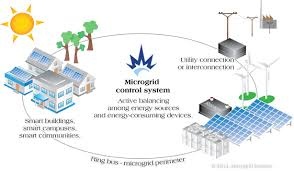Narara Ecovillage infrastructure incorporates advanced smart grid technology. For homes in the smart grid to work effectively, there are several technologies that must be installed, and there are also options for additional energy saving technologies that can be deployed by Lot Owners. Home Energy Options for Narara Ecovillage prepared for NEV Power by Best Solutions summarises the home energy options and provides performance specifications which can be used as a home design guide. The specified technologies are summarised as follows:
Mandatory installation technologies
As part of developments sustainability mandate, each home will be required to install a 3.0 kW photovoltaic array as a minimum. In the Narara climate, a 3.0 kW photovoltaic array will generate 4,270 kWh / annum. The generated power will feed into the home distribution board, with excess power being sold to the grid or stored in a home battery. Ideally all homes in will be self-sufficient, and therefore the 3.0 kW is a minimum. The system will need to be coupled with a hybrid (battery ready) inverter. The inverter size should be 4.0 kW minimum to allow sufficient battery storage connectivity.
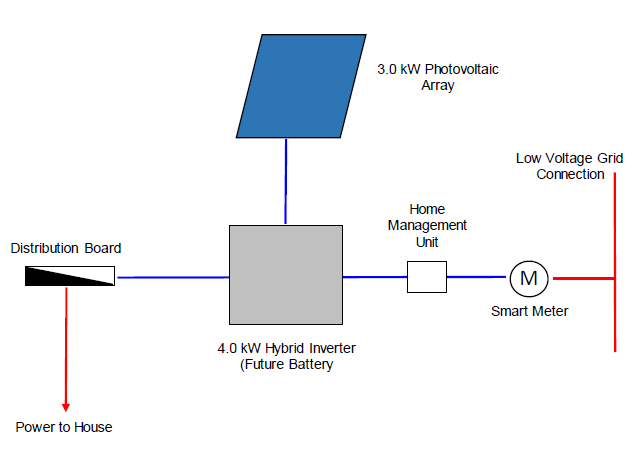
Figure: Photovoltaic Schematic
There are several suppliers of photovoltaic panels and a sample performance specification is provide below. Recommended manufactures of photovoltaic panels include:
- Trina Solar.
- LG Solar.
- Kyocera Solar.
- Mitsubishi Solar.
- Opal Solar.
Hybrid inverters can simultaneously manage inputs from both solar panels and a battery bank, charging batteries with either solar panels or the electricity grid. The inverters generally have an in-built management and control system that can optimise generation, storage and use. The controls can also interface with a home energy management system or site wide smart grid control system. There are several suppliers of hybrid ready inverters and a sample performance specification is provided below. Note that the inverters should have a remote reactive power control.
Recommended manufactures of hybrid ready inverters include:
- SMA.
- Fronius.
- Solax (does not have a standard remote reactive power control)
- Selectronic.
- ABB.
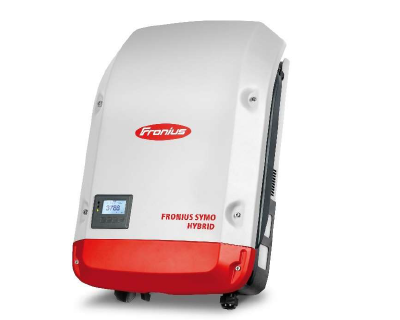
Figure: Typical Hybrid Inverters (Fronius)
A smart meter is an electricity meter that measures and records electrical data at set intervals. They are typically set-up to record data on 15min or 30min intervals and record power use, voltage, current and power quality. The output data can interface with a home energy management system or site wide smart grid control system. This interval data allows better understanding of a home’s energy use profile and allows a home energy management system to optimise equipment use. Additionally, the electronic recording of energy data allows for simpler billing especially in cases where power is being imported and exported from the home. It is becoming increasingly more common for home energy management systems to provide smart meter functionality.
There are several suppliers of smart meters, recommended manufactures include:
- Ceta.
- ABB.
- Landis and Gyr.
- GE Energy.
- Schneider.
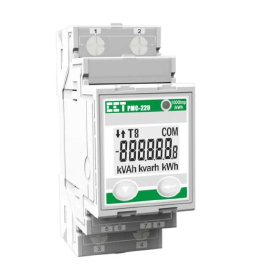
Figure: Typical Smart Meter (Ceta)
Home energy management systems are multi-function controllers that optimise equipment use within the home. It is becoming increasingly more common for home energy management systems to provide smart meter functionality as well. Home energy management systems can interface with solar inverters, smart meters and wide smart grid control system. A typical home in Narara Ecovillage will include the following home energy management system:
- Central controller with access via an internet connection. This can be a 3G, 4G or landline connection. The internet connection is critical as it allows control data to be sent / received between the home and the smart grid control system.
- Demand management control interface with the following home equipment.
- Hybrid solar inverter
- Smart meter.
- Hot water system.
- Heating / cooling (air conditioning) system.
- Electric vehicle charger (if installed).
- In addition to the above interfaces the home energy management system can also interface with the following home control systems to allow remote access:
- Lighting control system.
- Security system.
- Smart appliances (refrigerators etc).
- Plugged devices with an infrared interface.
The home energy management system shall operate in a way to minimise import and export of energy from the house nano grid. Excess power generated from home PV systems shall be allocated to local loads such as hot water and batteries before export from the building unless requested by the demand management controller and smart grid. There are several suppliers of home energy management systems and a sample performance specification is provided below.
Recommended manufactures of home energy management systems include:
- CarbonTRACK.
- Samsung.
- Panasonic.
- Schneider.
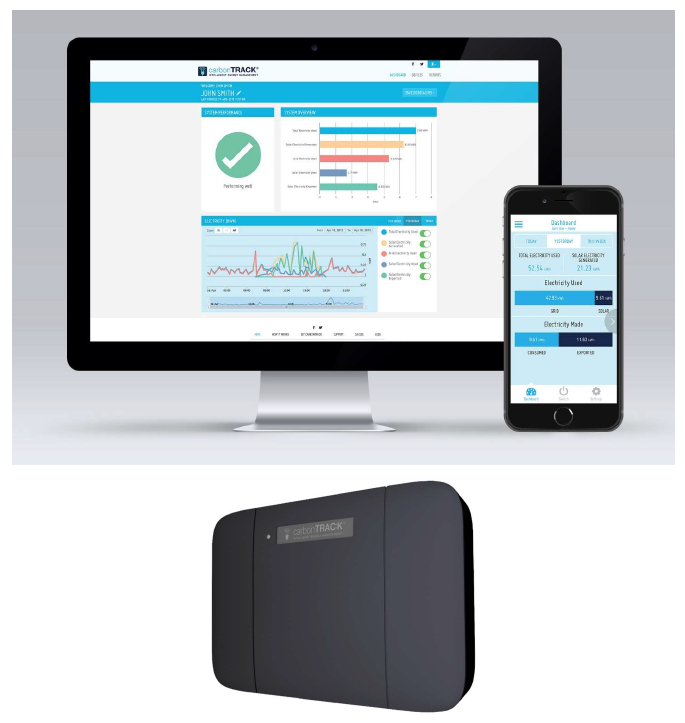
Figure: Typical Home Energy Management System (CarbonTRACK)
Additional energy saving technologies
Home batteries.
Heat pump heating / cooling systems.
Heat pump hot water systems.
The document is intended to be a live document and will be updated as the smart grid design progresses.
Design Specification
https://microgridknowledge.com/
The editing permission for this page is controlled by B&I Team. The page and its attachment is uncontrolled when printed or when saved on a personal electronic device.
The pages revision history can viewed at this <link>

